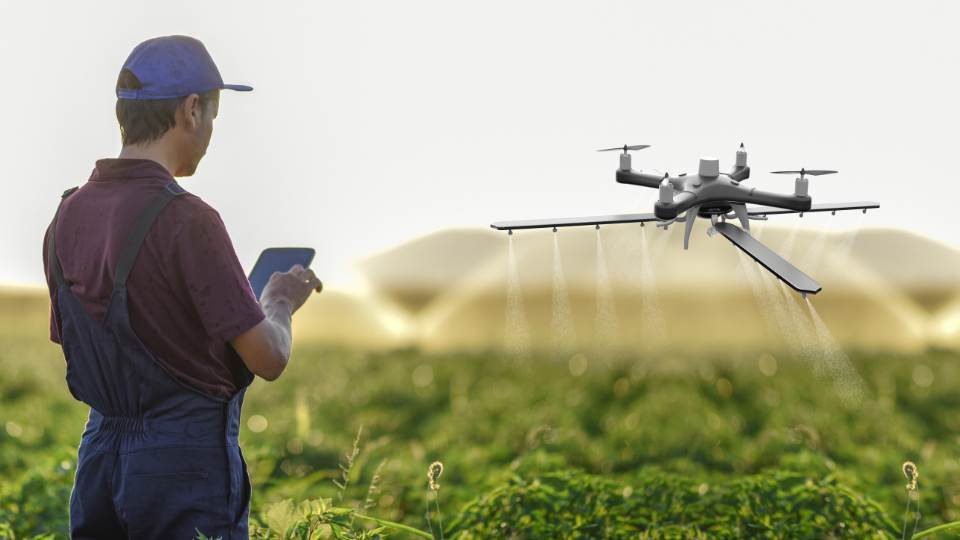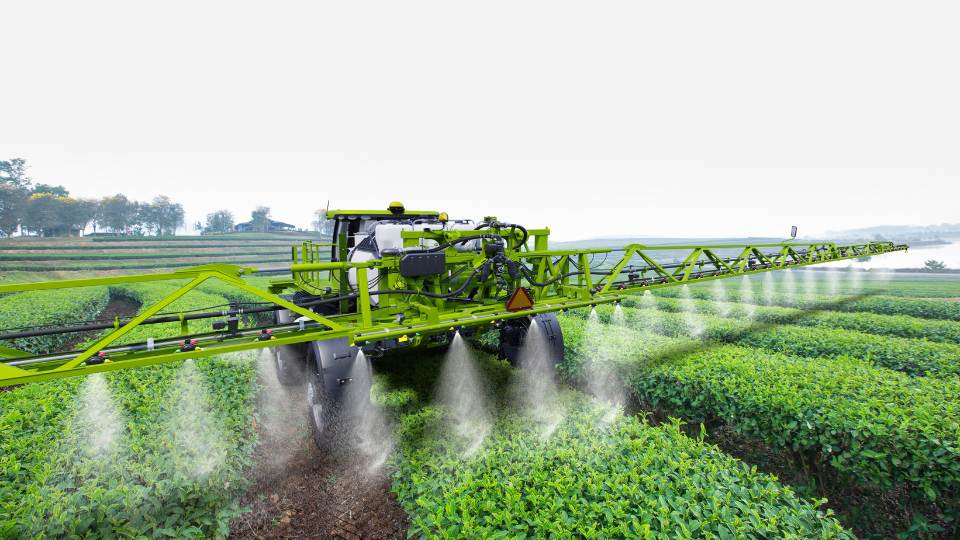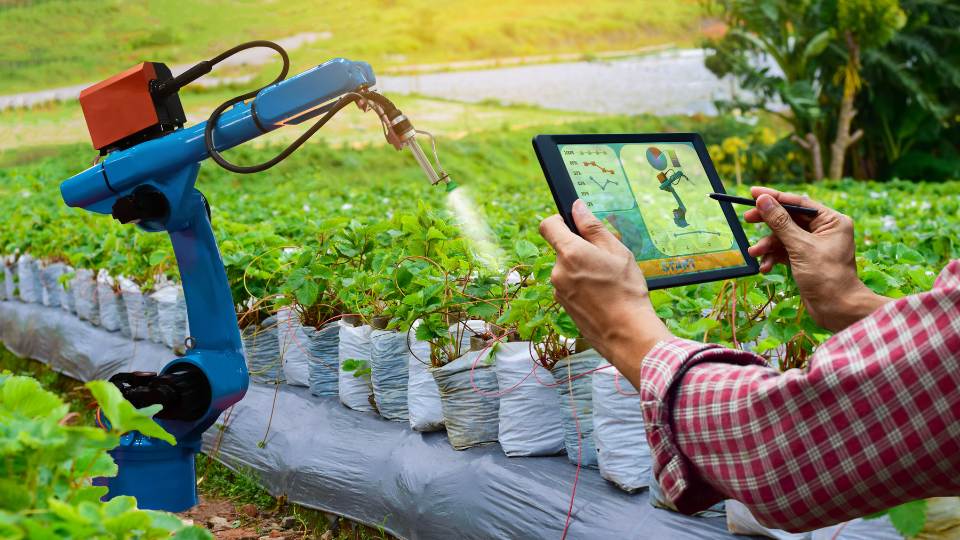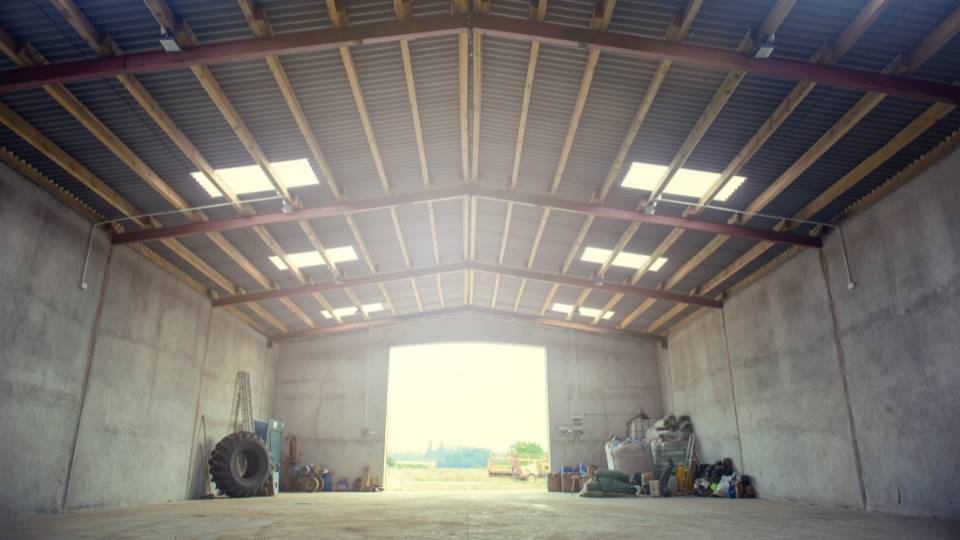
Regenerative agriculture is a promising approach to farming that prioritises environmental health. However, implementing these practices effectively requires tailoring them to specific climates and overcoming challenges like economic viability and scaling up production.
This article explores solutions such as leveraging precision agriculture technologies, fostering collaboration among different stakeholders, and implementing supportive policies.
Selective Practices for Different Climates

Regenerative agriculture is a holistic approach to farming that prioritises soil health, biodiversity, and ecosystem restoration. However, effective implementation requires tailoring practices to specific climatic conditions.
In arid regions, for example, water conservation strategies are crucial. Mulching with organic materials like straw or compost helps retain moisture in the soil. Cover cropping, planting legumes or other crops between cash crop cycles, suppresses weeds, improves soil fertility, and reduces evaporation.
Conversely, practices in high-rainfall areas might focus on managing excess moisture and preventing soil erosion. Here, creating raised beds, planting deep-rooted crops, and installing drainage systems can be beneficial. By understanding the unique challenges and opportunities of each climate, regenerative farmers can adapt their practices to achieve optimal results.
Long-Term Economic Viability
Regenerative agriculture promises environmental advantages, but can it deliver financially for farmers? This question hinges on balancing two key factors: the upfront costs of transitioning from conventional methods and the potential for increased profitability over time.
On the one hand, transitioning to regenerative practices often requires initial investments. These might include purchasing new equipment for cover cropping or no-till farming, or organic amendments to improve soil health. Additionally, there can be a period of reduced yields as the soil adjusts to the new practices.
On the other hand, regenerative agriculture offers the potential for long-term economic benefits. As soil health improves, farmers may require less fertiliser and other external inputs, leading to reduced costs. Additionally, some consumers are willing to pay a premium for regeneratively grown produce, recognising its environmental benefits. Research is ongoing to quantify these potential gains, but some studies suggest that regenerative farms can achieve higher profitability than conventional ones in the long term.
Scaling Up Regenerative Agriculture

Regenerative agriculture often thrives on small farms where close attention can be paid to individual fields and soil conditions. However, scaling these practices up to larger commercial operations presents a unique challenge. Here, maintaining the core principles of soil health, biodiversity, and minimal intervention becomes crucial.
One approach involves leveraging technology. Precision agriculture tools like data analytics and soil sensors can provide large-scale farmers with detailed insights into field health and resource needs. This information can then be used to implement targeted practices, such as variable-rate fertiliser application or zone tillage, that optimise resource use and reduce environmental impact.
Furthermore, fostering collaboration between large-scale farmers and experienced regenerative practitioners can be highly beneficial. By sharing knowledge and best practices, large operations can learn to adapt regenerative techniques to their specific needs. Additionally, building partnerships with food processors and retailers who value regeneratively grown produce can provide a stable market and economic incentive for large-scale adoption.
Integration with Advanced Technologies

Regenerative agriculture and precision agriculture might seem like opposing forces, but together they hold immense potential. Data from sensors in the soil can provide real-time insights into moisture, nutrients, and even overall health. This allows for targeted use of resources, minimising agriculture waste and environmental impact. Advanced weather forecasting coupled with historical data analysis can further optimise planting and irrigation practices.
Robotics also plays a part. Autonomous tractors with GPS and intelligent software can perform tasks like weed control with high precision. This reduces reliance on manual labor, lower soil compaction, and allows for smaller-scale interventions that align with regenerative principles. By integrating these technologies, regenerative farmers gain valuable data to optimise resource use, enhance efficiency, and ultimately create a more sustainable and profitable agricultural system.
Combating Scepticism and Misinformation
Regenerative agriculture faces some skepticism, particularly regarding yield potential, economic viability, and scientific backing. Let’s address these concerns head-on.
Yield anxieties often arise from comparisons to conventional methods. While initial dips might occur during transition, studies show successful farms maintaining or even surpassing conventional yields in the long run. Healthy soil fostered by regenerative practices leads to more resilient crops with the potential for higher yields over time.
Economic feasibility is a valid concern. Upfront costs for equipment or amendments exist. However, research highlights potential long-term economic benefits. Reduced reliance on synthetic fertilisers and potentially higher market premiums for regeneratively grown produce can lead to increased profitability. By addressing these concerns through research, education, and showcasing successful examples, we can build trust and encourage wider adoption of regenerative practices.
Policy and Infrastructure Support
To achieve widespread adoption of regenerative agriculture, a supportive framework from governments and institutions is essential. Policy can play a key role by offering financial incentives. Cost-share assistance for transitioning practices and carbon credit markets that reward carbon sequestration can ease the financial burden on farmers and create new income streams.
Infrastructure investment is equally important. Funding research tailored to specific regions equips farmers with best practices. Education and training programs empower them with the knowledge to implement these methods effectively. Collaboration between farmers, researchers, and extension services fosters knowledge sharing and innovation. Finally, robust data collection on the environmental and economic benefits of regenerative agriculture strengthens the case for wider adoption and attracts further investment. By combining well-crafted policies and targeted infrastructure support, we can cultivate a thriving regenerative agriculture sector.
Measuring and Monitoring Impact

Evaluating the impact of regenerative agriculture requires robust measurement methods. Standardising metrics is key. Core principles like soil health become quantifiable through metrics like organic matter content and microbial activity. Similarly, biodiversity can be measured by tracking insect populations or plant variety. On the economic side, factors like input costs, water use, and long-term yield trends can reveal the financial viability of regenerative practices.
Collaboration is crucial for standardisation. Working together, farmers, researchers, and agricultural organisations can develop consistent data collection and analysis protocols. This allows for comparisons across farms and regions. Additionally, remote sensing technologies like satellite imagery offer valuable data on soil moisture and vegetation cover over large areas. By establishing standardised metrics and fostering collaboration, we can build a robust system for evaluating regenerative agriculture’s impact. This data will be central to showcasing its potential, informing best practices, and ultimately convincing a wider audience of its benefits.
Recap
Regenerative agriculture offers a compelling path towards a more sustainable food system, but its widespread adoption hinges on addressing key challenges. By tailoring practices to diverse climates, ensuring economic viability for farmers, and scaling up production methods, regenerative agriculture can flourish.
Technological advancements like precision agriculture tools and a collaborative approach among farmers, researchers, and institutions all play a crucial role. Additionally, supportive government policies and infrastructure development are essential for creating a thriving regenerative agriculture sector.
The next steps involve ongoing research to refine regenerative practices for different regions, along with educational initiatives to equip farmers with the necessary knowledge and skills. Consumers also have a role to play by supporting businesses committed to regenerative agriculture.
Here are some valuable resources for those interested in learning more:








